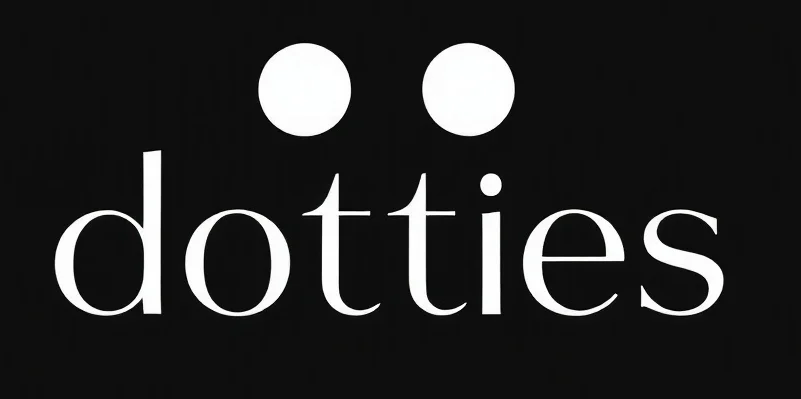The Art and Science of Sales Forecasting
Imagine you’ve got a crystal ball. It’s not perfect, but it’s your trusty guide in navigating the uncertain seas of ecommerce. In the realm of business, this crystal ball is known as sales forecasting. It’s the blend of art and science that helps entrepreneurs predict what might happen next. For a deeper dive into the mechanics, check out these sales forecasting techniques.
Why Sales Forecasting Matters
Sales forecasting is like having a map before a road trip. Without it, you might end up in a ditch—or worse, out of gas in the middle of nowhere. Accurate forecasts help businesses allocate resources wisely, manage cash flow, and plan production schedules. Think of it as essential as your morning coffee; it sets the tone for the day—or in this case, the fiscal year.
The Techniques: One Size Doesn’t Fit All
There are numerous ways to approach sales forecasting, and choosing the right method depends on the specific needs and context of your business. Let’s break down some key techniques:
1. Historical Data Analysis
Diving into past sales data is like looking into a rearview mirror. It won’t show you the road ahead, but it gives you hints about where you’ve been and the trends that got you there. This method assumes that past patterns are likely to repeat, which holds true in many stable markets.
2. Market Research
While historical data is your rearview mirror, market research is your GPS. It offers insights into consumer behavior, competitor activities, and market trends. Surveys, focus groups, and industry reports are tools that provide a snapshot of what’s happening outside your business.
3. Sales Team Estimates
Consider your sales team as the boots on the ground. They have firsthand knowledge of customer interactions and potential deals. Their estimates can offer valuable qualitative insights that raw data might miss. However, beware of optimism bias; sales teams sometimes predict with their hearts rather than their heads.
4. AI and Machine Learning
We all know AI is like that intern we discussed—a bit unpredictable but full of potential. Machine learning models can analyze vast amounts of data quickly and detect patterns that humans might miss. These models can continuously learn and refine forecasts as new data comes in, making them a powerful ally in sales forecasting.
Bringing it All Together
Effective sales forecasting often involves combining multiple methods. It’s a bit like assembling an Avengers team. Each technique has its strengths, and together, they provide a more comprehensive picture. The key is to remain flexible and willing to adjust your approach as new information becomes available.
Actionable Business Recommendations
- Start Small: Choose one or two techniques to implement first. Test their effectiveness before expanding to others.
- Leverage Technology: Use AI tools not just as a novelty but as a consistent part of your forecasting process. Remember, they’re your interns—train them well.
- Foster Communication: Ensure that all departments share information freely. Sales, marketing, and product teams should regularly discuss forecasts and align strategies.
- Stay Adaptable: The business landscape is always changing. Be ready to pivot your forecasting methods as new data and trends emerge.
In the end, sales forecasting is more than just predicting numbers. It’s about preparing your business for the future, making informed decisions, and steering your ship toward success.
Checkout ProductScope AI’s Studio (and get 200 free studio credits)

